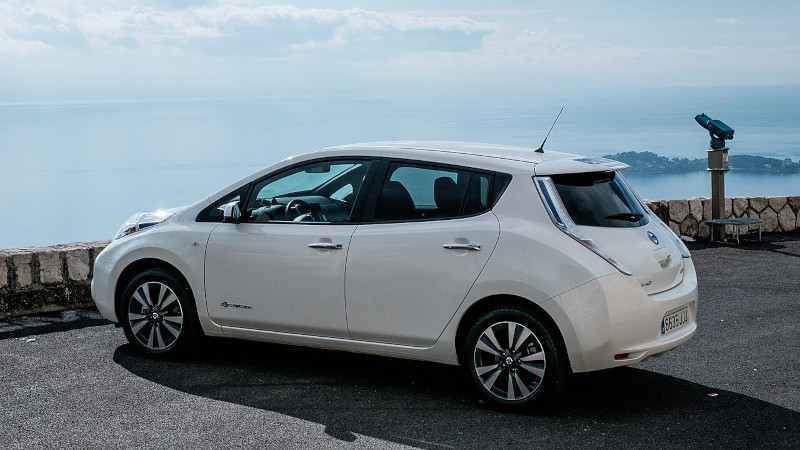The Wall Street Journal is reporting on a variety of techniques drivers are using to obscure their license plates so that automatic readers can’t identify them and charge tolls properly.
Some drivers have power-washed paint off their plates or covered them with a range of household items such as leaf-shaped magnets, Bramwell-Stewart said. The Port Authority says officers in 2023 roughly doubled the number of summonses issued for obstructed, missing or fictitious license plates compared with the prior year.
Bramwell-Stewart said one driver from New Jersey repeatedly used what’s known in the streets as a flipper, which lets you remotely swap out a car’s real plate for a bogus one ahead of a toll area. In this instance, the bogus plate corresponded to an actual one registered to a woman who was mystified to receive the tolls. “Why do you keep billing me?” Bramwell-Stewart recalled her asking…
Continue reading Cheating Automatic Toll Booths by Obscuring License Plates→
